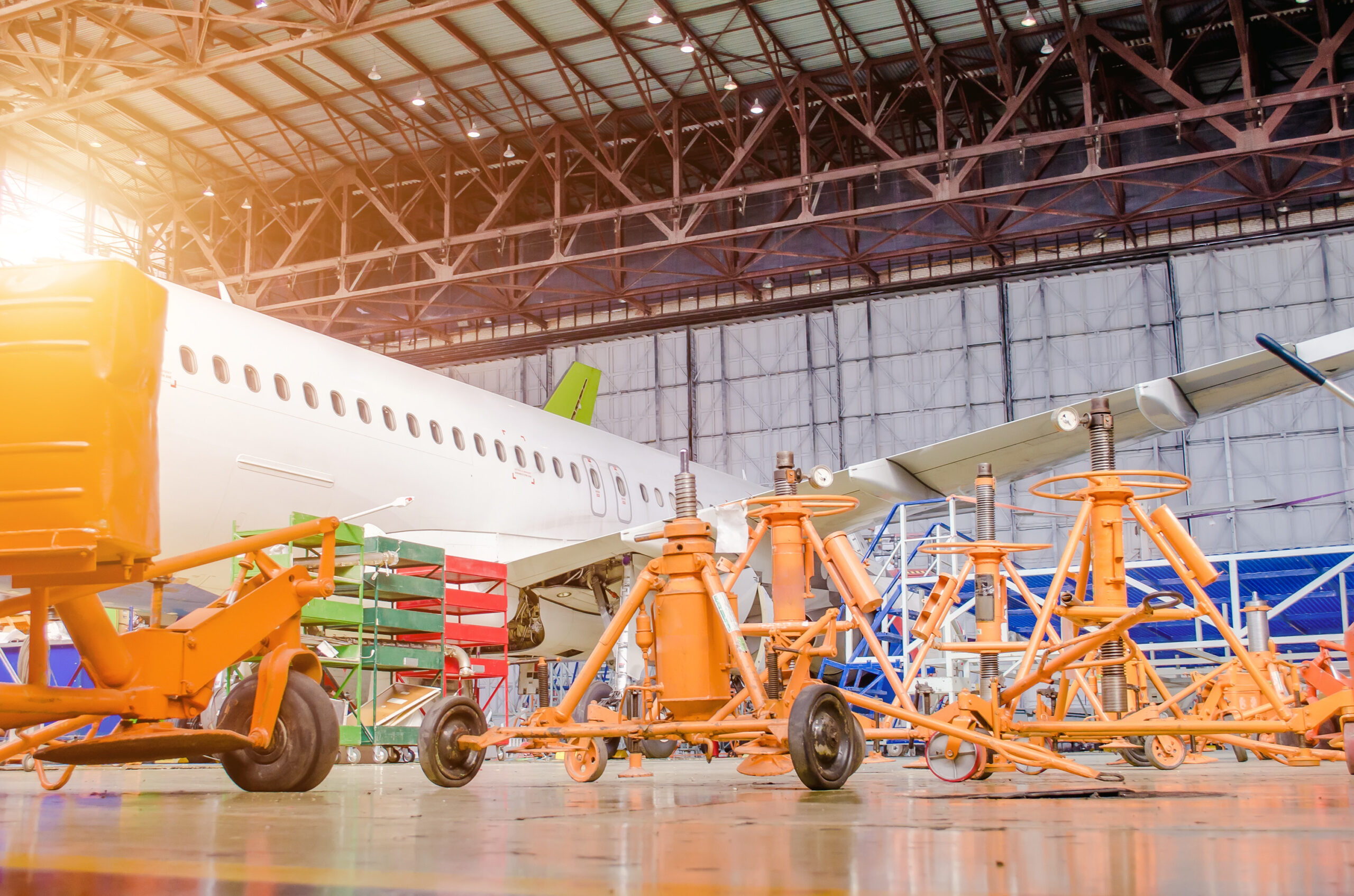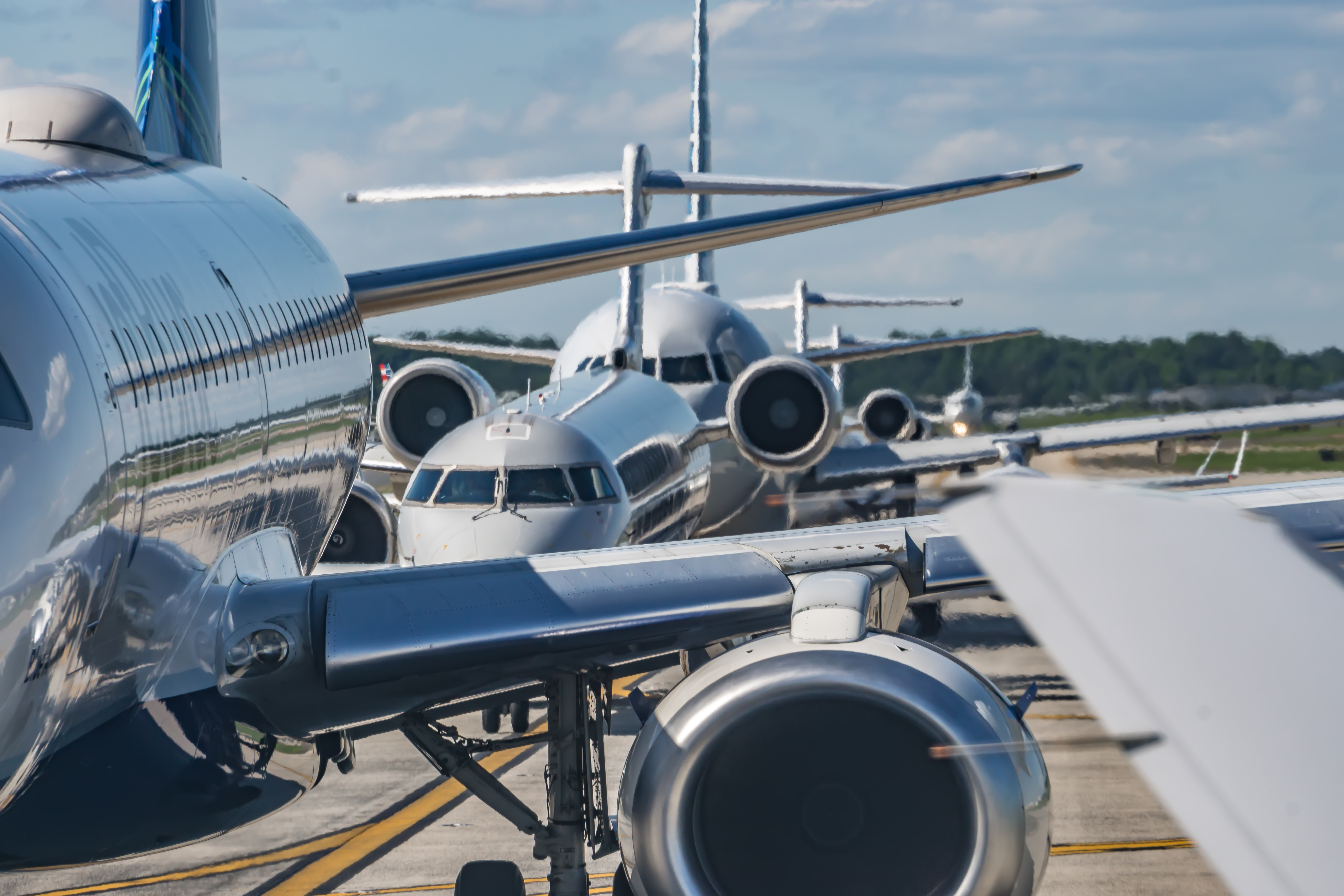On average, 92% of an aircraft’s bulk is re-used and recycled. It takes over 50 million individual components to make up 1 Airbus A320 aircraft; finding a buyer for that many airplane parts can be a challenge.
Currently, only 700 aircraft are retired each year, however, industry analysts predict that by 2038 more than 1,100 airframes will be retired annually. An increase of such magnitude, combined with industry-wide plans to reach a nearly 100% recycling rate could prove problematic if mishandled.
The growing rate of aircraft disposal is the result of multiple airlines’ fast-tracking the upgrading of their fleets with more fuel-efficient and environmentally compliant aircraft. At present, a common practice after aircraft disassembly includes an MRO or airline company finding customers for recycled aircraft parts – usually done via trade shows, direct contacts, or social media.
While social media does seem effective, finding the right customer at the right time is as challenging as cold calling – making direct contact with prospective customers. When it comes to trade shows, the ability to meet like-minded professionals, who may be interested in the stock a company could provide, can sometimes prove positive. However, the limited reach of this type of communication is hardly ideal for the creation of an effective part procurement supply chain.
One means of increasing the possibility of reaching potential customers is by introducing an online aircraft parts marketplace into a company’s daily operations. By having a broad spectrum of destinations and clients available at once, it becomes possible to recycle virtually 100% of the aircraft in the form of spare parts, alternative use components, and recyclable raw materials.
Dainius Meilunas, the CEO at Locatory.com, an online aircraft parts marketplace, explains the company’s view on the future of the airplane part procurement process. “As aviation continues to show signs of growth in the future – despite the arrival of the COVID-19 pandemic – and the concept of a circular economy is becoming more and more appealing to companies across the globe, effective communication in the MRO and airline business will be vital to maintaining a pole position. From our clients’ feedback, we know that the global reach of our platform allows companies to offload their redundant stock, free up storage space, and take on new projects quicker. Aircraft dismantling is a competitive US$3 billion a year industry, which with effective management and trading of stock could become a lucrative business for companies worldwide.”



